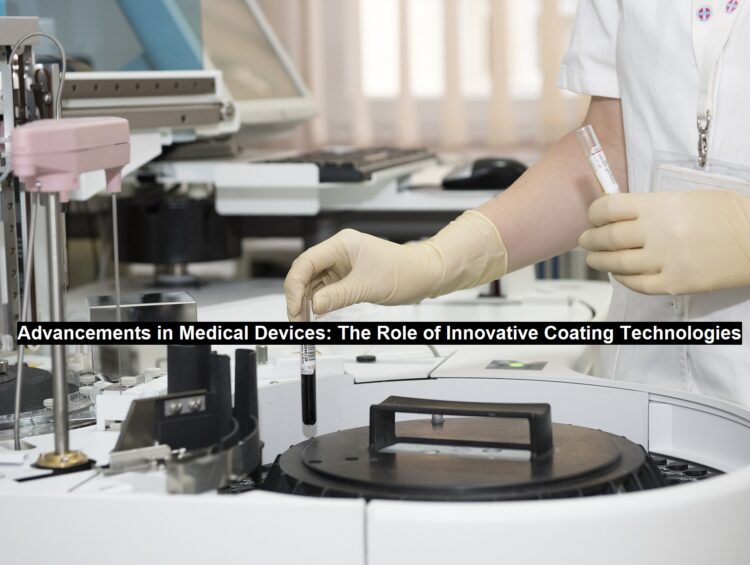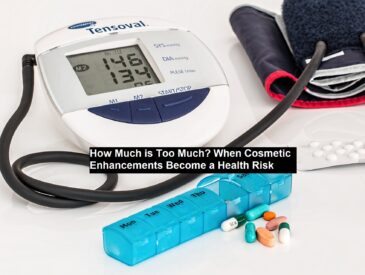The landscape of medical devices is undergoing rapid evolution, driven significantly by innovative coating technologies that enhance both performance and safety in remarkable ways. These advanced coatings go beyond mere protection; they are essential in addressing major healthcare challenges. From minimizing infection risks to boosting patient comfort and extending the lifespan of medical devices and their components, these coatings provide a wide array of benefits.
One of the primary advantages of these coatings is their ability to reduce friction, which is crucial for devices that come into contact with sensitive tissues. For example, low-friction hydrophobic coatings applied to guidewires, needles, and catheters facilitate smoother insertion and movement within the body.
This not only minimizes tissue trauma but also reduces patient discomfort, thereby enhancing safety and overall outcomes. By decreasing friction, these coatings also help prolong the lifespan of medical devices, ensuring they remain dependable throughout their use and lessening the need for premature replacements.
Read: Discover the Benefits of NMN Capsules and Why you Should Buy Them
Durability is another key feature enhanced by wear-resistant coatings. Take, for instance, guidewires and forming mandrels utilized in cardiovascular and in vitro diagnostic applications. Coatings like polytetrafluoroethylene (PTFE) create a low-friction protective barrier against bodily fluids and repeated sterilization processes, enabling these devices to endure the rigorous conditions they encounter.
PTFE coatings are also valued for their electrical insulation and non-stick characteristics, which help prevent surface degradation and protect both patients and healthcare providers. This increases the longevity of devices and components, ensuring they remain effective through repeated use, while decreasing the frequency of replacements and enhancing overall reliability.
Innovative coatings are making their way into various applications across different substrates. For metal devices such as guidewires, needles, mandrels, and cables, materials like stainless steel, tungsten, titanium, and nitinol are benefitting from advanced coatings that enhance wear resistance and durability.
Meanwhile, silicone and rubber devices—including catheters, o-rings, seals, cannulas, and tubing—are also being coated to improve their performance, particularly in terms of reducing friction and increasing usability. These coatings ensure that devices operate effectively under challenging conditions, further promoting longevity and improved patient safety and comfort.
As the demand for more effective, durable, and patient-friendly medical devices grows, the importance of advanced coatings becomes increasingly vital. These technologies not only enhance the functionality of medical devices but also elevate patient care by addressing significant challenges directly. With advancements in coating technologies, the future of healthcare looks promising, as medical devices become safer, more reliable, and better suited to meet the needs of patients.
Innovative-Coating-TechnologiesInterested in learning more? Explore the accompanying resource for more information on how innovative medical device coatings are improving device performance throughout the medical industry.





